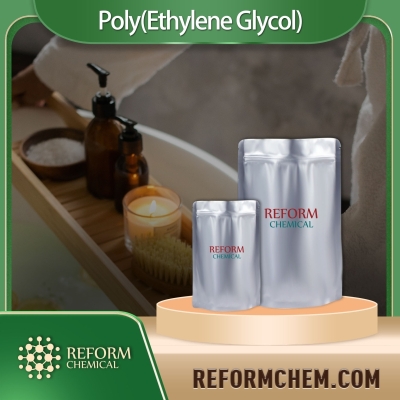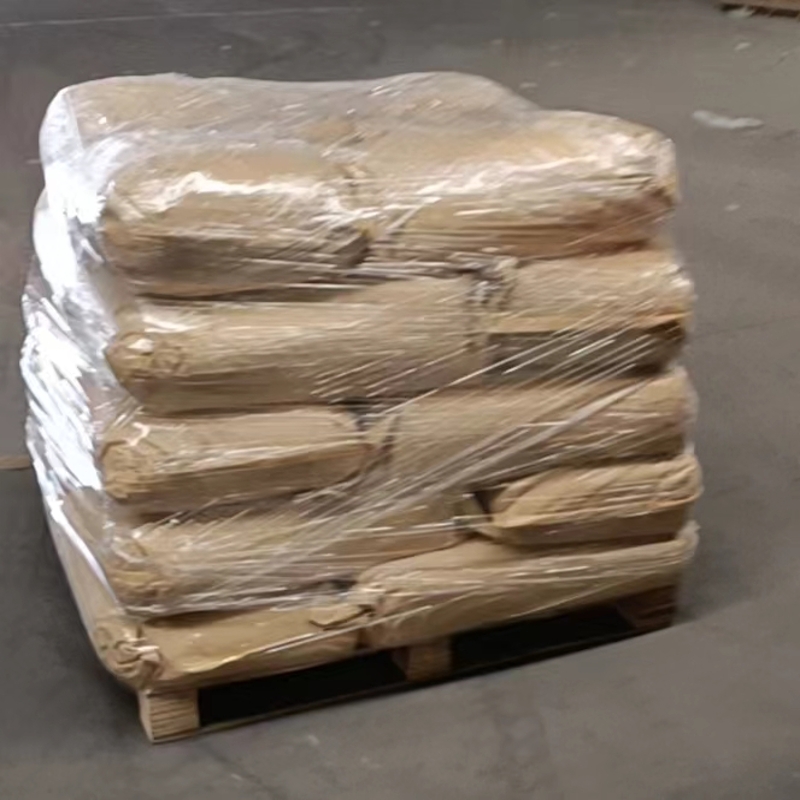-
Categories
-
Pharmaceutical Intermediates
-
Active Pharmaceutical Ingredients
-
Food Additives
- Industrial Coatings
- Agrochemicals
- Dyes and Pigments
- Surfactant
- Flavors and Fragrances
- Chemical Reagents
- Catalyst and Auxiliary
- Natural Products
- Inorganic Chemistry
-
Organic Chemistry
-
Biochemical Engineering
- Analytical Chemistry
-
Cosmetic Ingredient
- Water Treatment Chemical
-
Pharmaceutical Intermediates
Promotion
ECHEMI Mall
Wholesale
Weekly Price
Exhibition
News
-
Trade Service
Recently, the national crude oil market has been volatile
.
On July 11, Libya's Tripoli-based National Oil Company (NOC) said four export port terminals were being reopened after the eastern faction handed over the port, and Libyan National Oil Company regained control
of the eastern oil port.
The news triggered a sharp drop
in oil prices.
By the close, West Texas Intermediate crude futures for August delivery on the New York Mercantile Exchange fell $3.
73, or 5.
03%, to settle at $70.
38 a barrel, the biggest drop since June 2017; London ICE Futures Euroexchange September delivery Brent crude futures fell $5.
46, or 6.
92%, to settle at $73.
40 a barrel, the biggest drop in nearly two years
.
Market institutions almost universally expect that despite remaining optimistic about oil prices throughout the year and overall solid demand side, it is difficult for oil prices to rebound
sharply in the third quarter.
At present, the situation in Iran needs attention, once Iran's crude oil supply is very lacking, then oil prices will get greater upward momentum
in the fourth quarter.
OPEC Chairman Mazroui said he did not want to see a volatile crude oil market and that OPEC favored a smoother price environment
.
He said OPEC and other major producers are studying a long-term plan to build spare capacity to support and stabilize the market in the event of unexpected disruptions to market supply
.
He believes that without a long-term production plan, oil price volatility will continue
.
OPEC and non-OPEC producers are studying such long-term plans, and he believes there is enough spare capacity to meet OPEC and non-OPEC producers' goals
.
12Next View full article
Recently, the national crude oil market has been volatile
.
On July 11, Libya's Tripoli-based National Oil Company (NOC) said four export port terminals were being reopened after the eastern faction handed over the port, and Libyan National Oil Company regained control
of the eastern oil port.
The news triggered a sharp drop
in oil prices.
By the close, West Texas Intermediate crude futures for August delivery on the New York Mercantile Exchange fell $3.
73, or 5.
03%, to settle at $70.
38 a barrel, the biggest drop since June 2017; London ICE Futures Euroexchange September delivery Brent crude futures fell $5.
46, or 6.
92%, to settle at $73.
40 a barrel, the biggest drop in nearly two years
.
Market institutions almost universally expect that despite remaining optimistic about oil prices throughout the year and overall solid demand side, it is difficult for oil prices to rebound
sharply in the third quarter.
At present, the situation in Iran needs attention, once Iran's crude oil supply is very lacking, then oil prices will get greater upward momentum
in the fourth quarter.
OPEC Chairman Mazroui said he did not want to see a volatile crude oil market and that OPEC favored a smoother price environment
.
He said OPEC and other major producers are studying a long-term plan to build spare capacity to support and stabilize the market in the event of unexpected disruptions to market supply
.
He believes that without a long-term production plan, oil price volatility will continue
.
OPEC and non-OPEC producers are studying such long-term plans, and he believes there is enough spare capacity to meet OPEC and non-OPEC producers' goals
.
12Next View full article
12Next View full article






